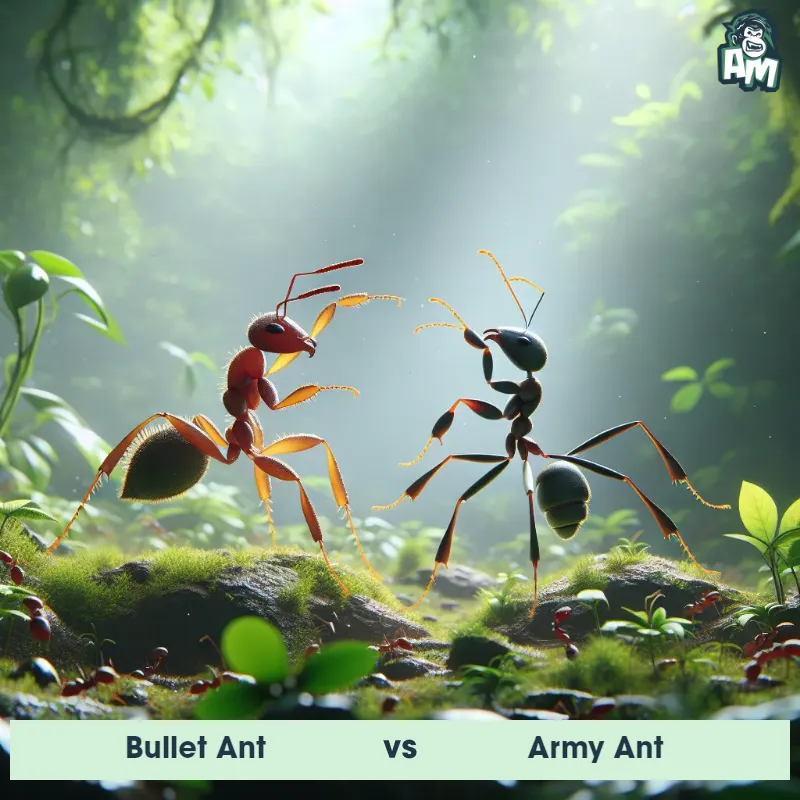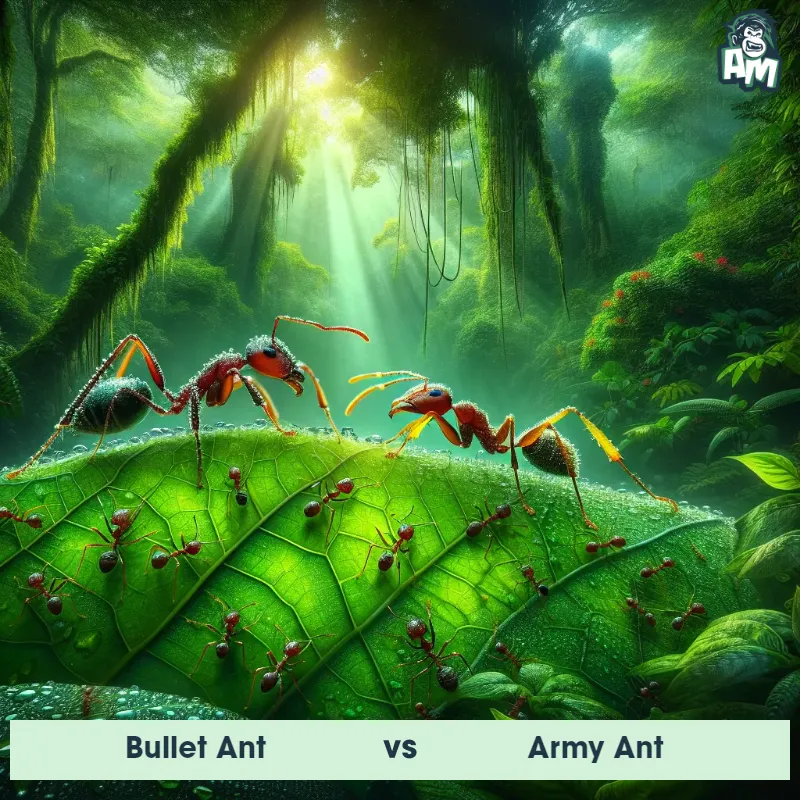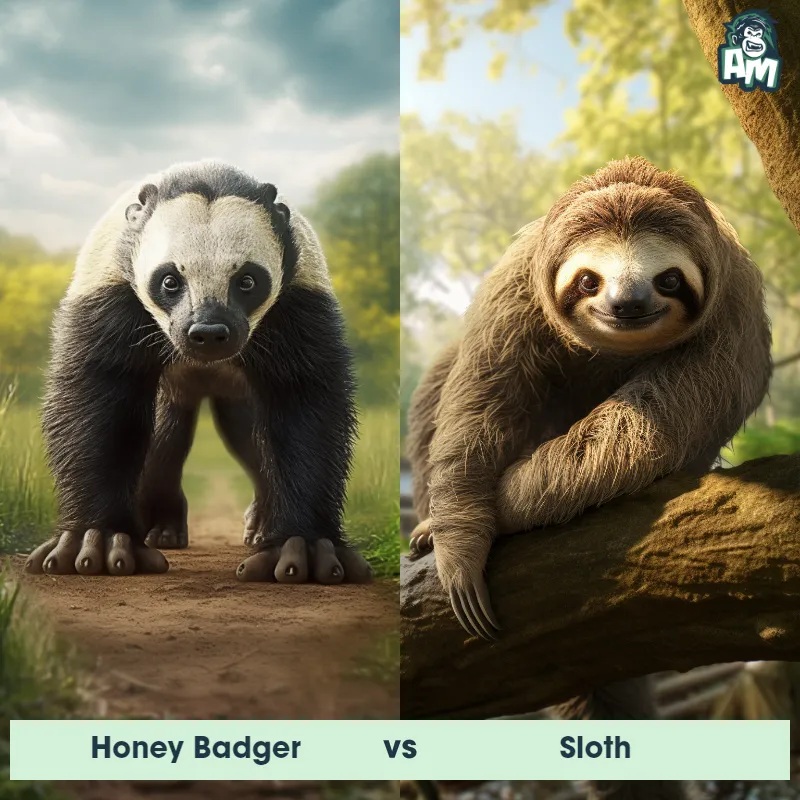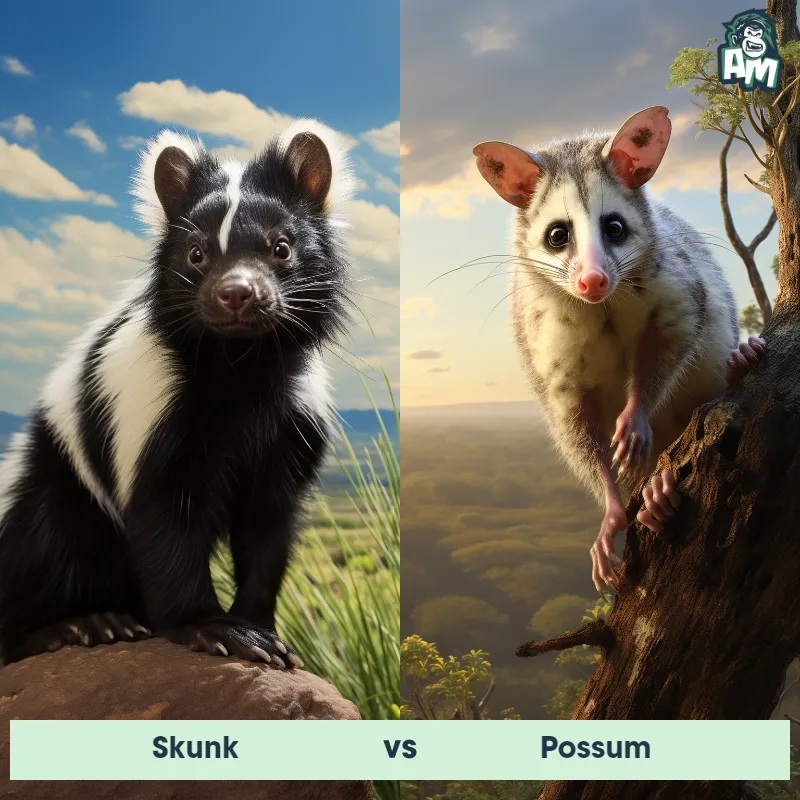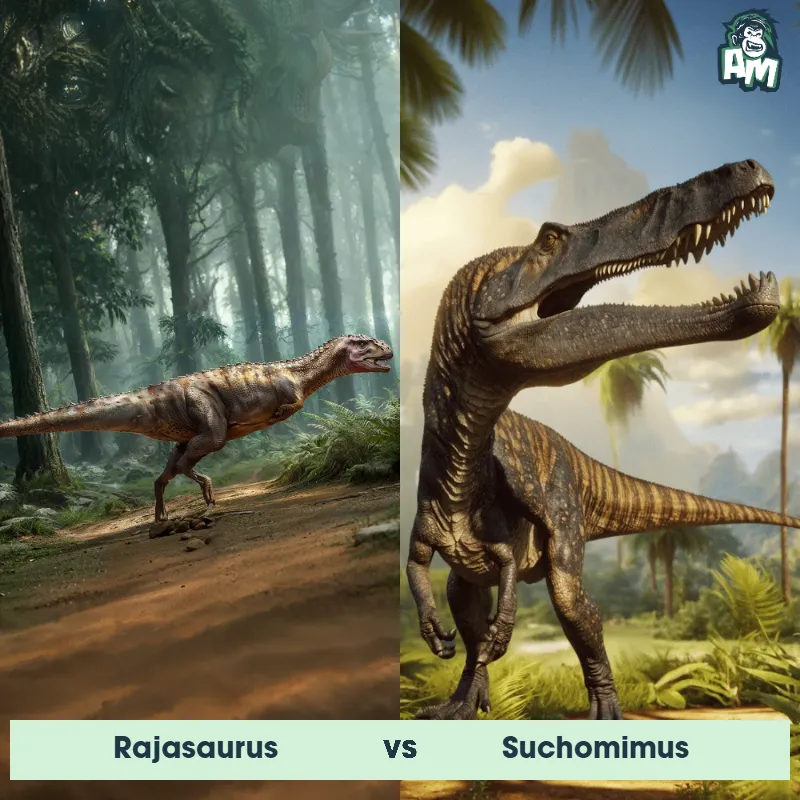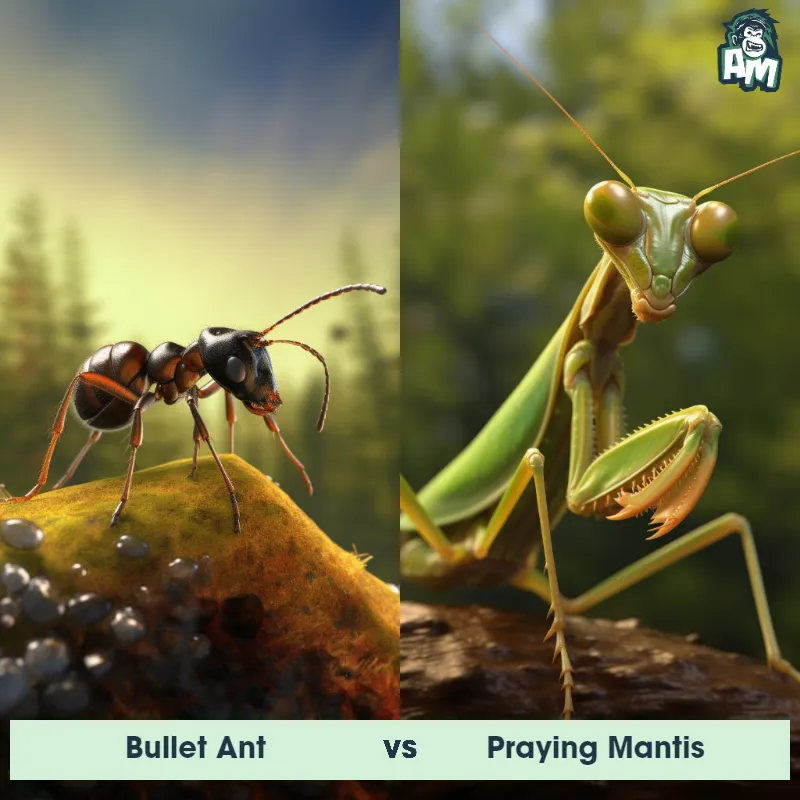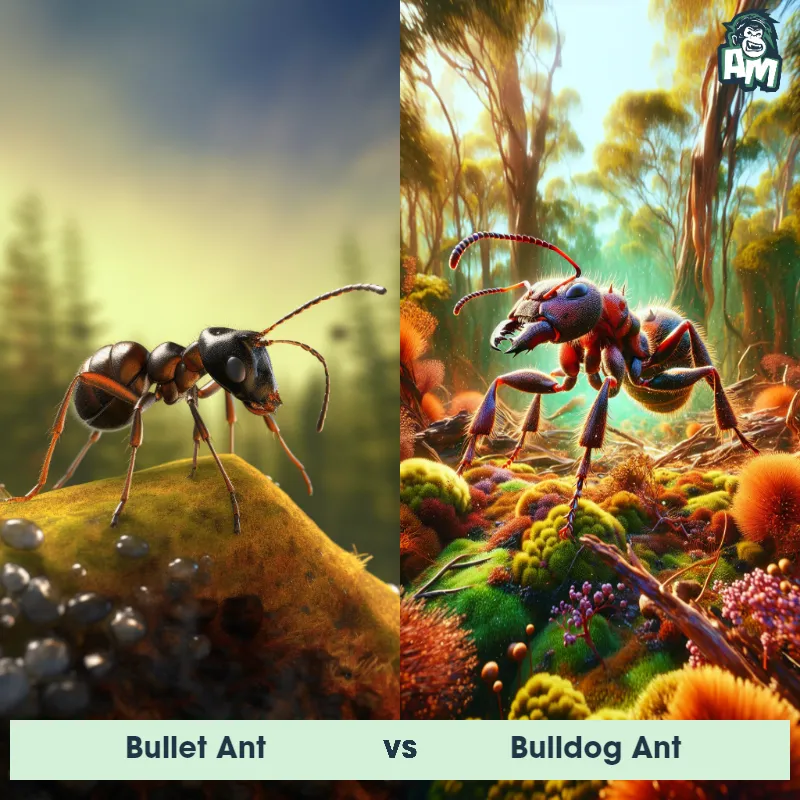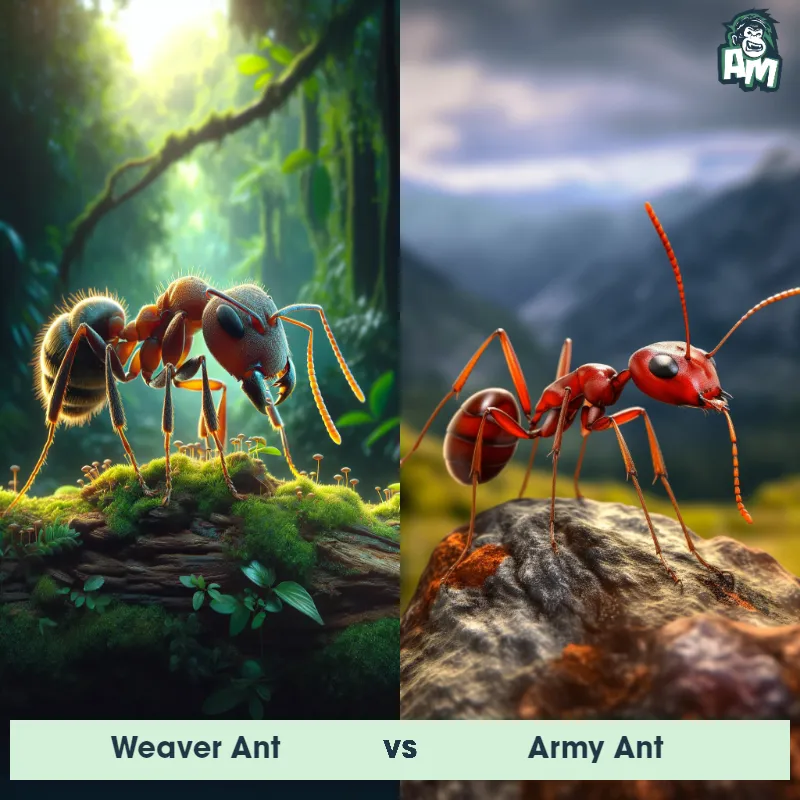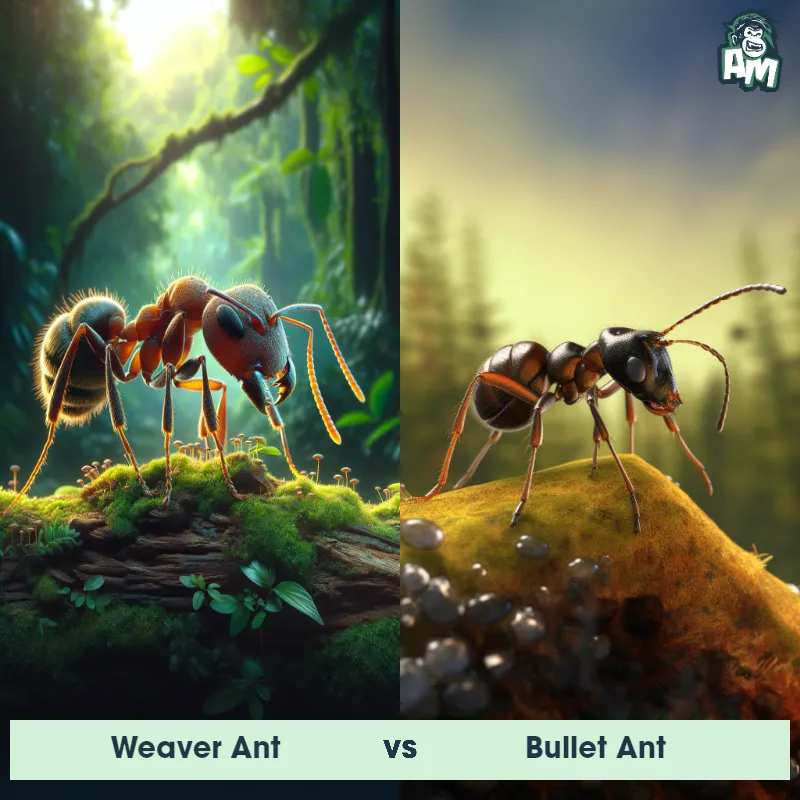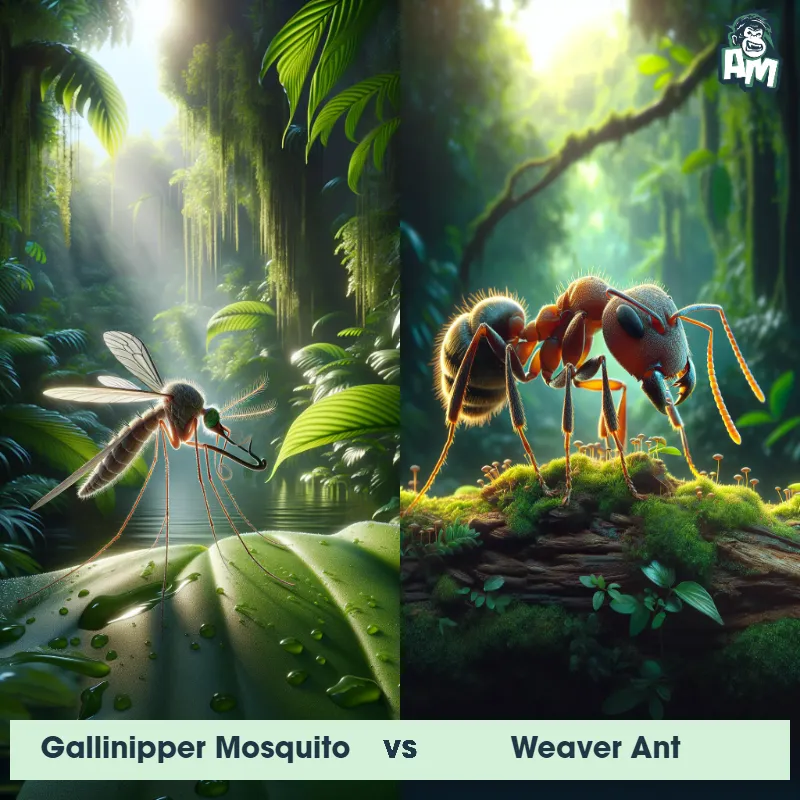Bullet Ant vs Army AntSee Who Wins

Welcome to this electrifying three-round skirmish between two of nature's most formidable insect warriors: the fearsome Bullet Ant and the relentless Army Ant! We're about to witness a captivating display of strength, venom, and strategy as these two tiny titans engage in a battle for insect supremacy.
Contender 1: Bullet Ant
The Bullet Ant, also known as Paraponera clavata, is a species of ant found in Central and South America. It is known for its painful sting, which is said to feel like being shot by a bullet. The ants are large, measuring up to 2.5 cm in length, and have a black or dark brown coloration. They are also known for their powerful mandibles, which they use to capture prey and defend their colony.
Fun Fact: The Bullet Ant has the most painful sting of any insect in the world, with a pain level that has been compared to being shot by a bullet.
Contender 2: Army Ant
The Army Ant, also known as the Driver Ant, is a species of ant that is known for its aggressive and highly organized behavior. These ants are typically found in Central and South America, and they are known for their nomadic lifestyle, constantly moving from one location to another in search of food. Army Ants are also known for their large size, with some individuals measuring up to 1.5 cm in length. They have powerful mandibles that they use to capture prey, and they are capable of forming massive swarms that can number in the millions.
Fun Fact: Army Ants are known for their unique hunting strategy, which involves forming massive swarms that can overwhelm and consume almost any prey they encounter, including insects, spiders, and even small vertebrates like lizards and snakes.
Matchup Stats
| Bullet Ant | Army Ant | |
|---|---|---|
| Size | Up to 2.5 cm (1 inch) in length (25 mm) | Up to 1.5 cm (0.6 in) in length |
| Weight | 4.5 g (0.16 oz) (average worker ant) | Unknown |
| Key Strength | Powerful mandibles for capturing prey and defending colony | Powerful mandibles for capturing prey |
| Biggest Weakness | None | Vulnerable to predators when not in a swarm |
Current Votes
Bullet Ant vs Army Ant
See Who Wins
Match Highlights
View More Matches
Looking For More?
Similar Matches
Scientific Stats
| Bullet Ant | Army Ant | |
|---|---|---|
| Scientific Name | Paraponera clavata | Eciton burchellii |
| Family | Formicidae | Formicidae |
| Habitat | Forest floors | Forest floors and lowland rainforests |
| Geography | Central and South America | Central and South America |
| Diet | Insects, nectar, and fruit | Insects, spiders, small vertebrates |
| Lifespan | 1 year - 2 years | 1 day - 3 months |
Key Differences between Bullet Ant and Army Ant
- Color: Bullet Ants are usually black or dark brown, while Army Ants can range from reddish-brown to yellowish-brown.
- Diet: Bullet Ants primarily feed on nectar and insects, while Army Ants primarily feed on other insects and small animals.
- Mandibles: Bullet Ants have larger and more prominent mandibles than Army Ants.
- Foraging behavior: Bullet Ants are primarily active during the day, while Army Ants are primarily active at night.
- Nesting behavior: Bullet Ants are solitary and build their nests in trees, while Army Ants are social and build their nests on the ground.
- Size: Bullet Ants are larger than Army Ants.



